The WILD staff in Boulder recently took a road trip up to Jackson, Wyoming to meet with our rock star partners in conservation, The Murie Center. Around Laramie, Wyoming the expansiveness of the undeveloped land softened me and I wondered how long it would be until the beauty was developed. It was a pleasant surprise to not see subdivisions, big-box stores, and fast food strip malls.
Bored with our usual Boulder/Front Range ungulates, we pointed out pronghorn antelope every time we saw one. Vance told us we were driving along the “Great Migration” route of the pronghorns, one of the greatest migrations in North America. Each fall and spring, 300-400 pronghorns (down from 6,000) migrate 150 miles from their summer birthing grounds in Grand Teton National Park to their winter grounds near Pinedale, Wyoming. This great migration, named by biologists as the “Path of the Pronghorn” is remarkable and one of the last long-distance animal migrations in the world.
Many animals around the world – sea turtles, birds, whales, butterflies – migrate seasonally from breeding grounds to feeding grounds and navigate by instinct and landscape memory. Migration is a complex behavior, an adaptation and important strategy to survive and reproduce. As human population growth exponentially increases, approaching the 8 billion mark and develop wild lands, it is our responsibility to care-take for these animals and their fragile corridors.
Pronghorn antelopes, Antilocapra americana are more closely related to giraffes than to any other modern-day Antilocapridae species. Antilocapra which means antelope-goat, doesn’t accurately describe this unique species that have a four-chambered stomach, sheathed horns, and usually calve twins. Their wide-set eyes, typical of prey species, have a nearly 360-degree range of binocular vision. The pronghorn can outrun any other land animal on the continent by 15 mph due to much of its evolutionary history escaping extinct prehistoric predators like the American cheetah and long-legged bears.
Their long, thin, stilt-like legs are built for running rather than jumping. When pronghorns come to a barbed-wire fence along their migration they tend to go under the fence, not over like other hooved animals. Due to this, some new fences have a smooth bottom wire for the animals to slip underneath or some land-owners remove the bottom fence line. High snow drifts will bury these safety precautions and many pronghorns die each year from getting tangled in barbed fencing. Many more die from collisions with cars as the herds cross highways on their ancient migration route.
Wild animals need movement and wild lands; for nutritious foods and safe birthing grounds. Fast moving vehicles and fencing are barriers to their survival. Protecting wild lands and corridors is crucial for survival of pronghorns, bison, bears, wolves, mountain lions, and other far-roaming species. The Wyoming Department of Transportation is building two wildlife highway overpasses on the migration route south of the protected corridor. The WILD crew drove under the overpass on our way up to Jackson and snapped a few pictures.
Wildlife overpasses will change the course of history for our wildlife and landscapes. We just need to make our voices heard to our legislators and heads of state that we need them and support them. Wildlife over-and underpasses are revolutionizing conservation. WILD is launching an outreach campaign to reconnect Colorado via I-Wildlife, a bridge over I-70 near Vail just for wildlife. Do you want to learn more about how to reconnect Colorado for wildlife? Contact me and we’ll talk about how you can get involved. Email me at Alyson@wild.org or call 303-442-8811 x 27. And stay tuned for upcoming I-Wildlife events, news, and stories!
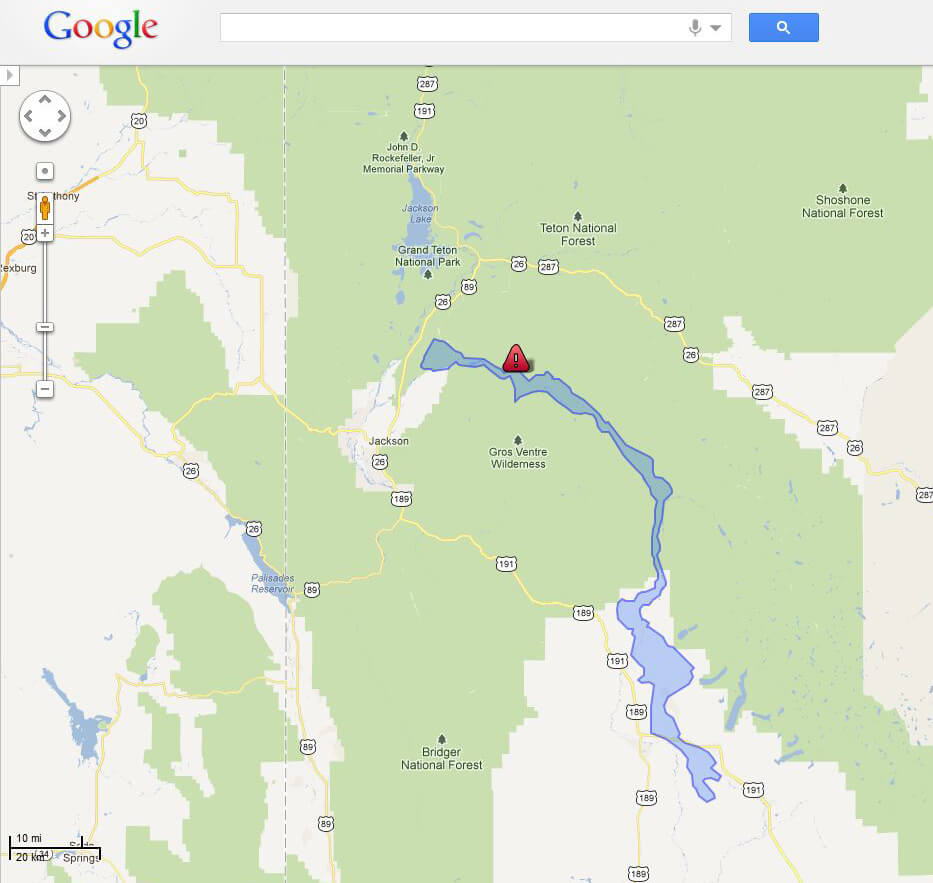
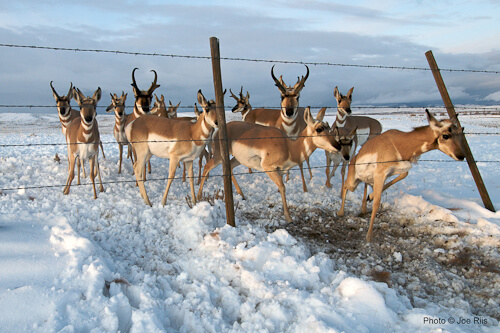

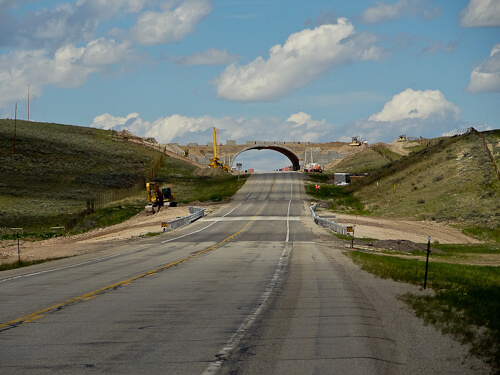
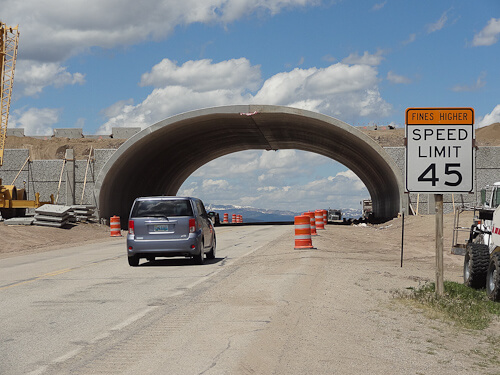
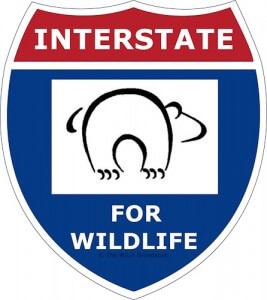


Great article. Pronghorns are, indeed, unique, beautiful and amazing animals. Here in Colorado, there are quite a few on the Nature Conservancy land at Phantom Canyon, up near the Wyoming border. Craig Childs also writes about them with his powerful prose in his book “The Animal Dialogues.” Sounds like a great road trip!
Thanks for reading Mark! I’ll look into Craig Childs as well….sounds interesting!
On Sunday, December 1, 2019, there was a migration down Latham Road( in Timnath, CO to Windsor of these marvelous creatures.
Thank you,
you give me hope….